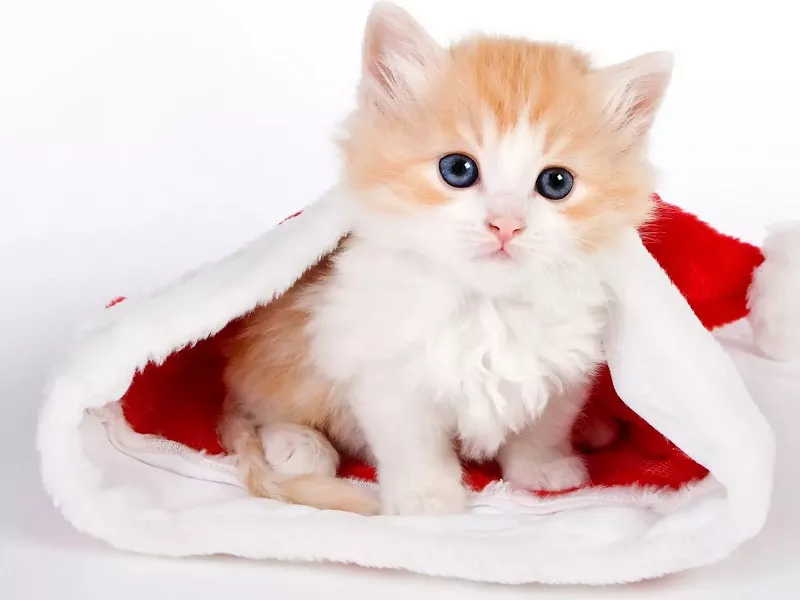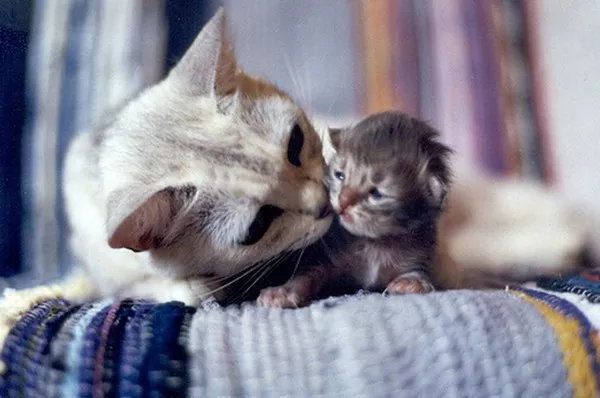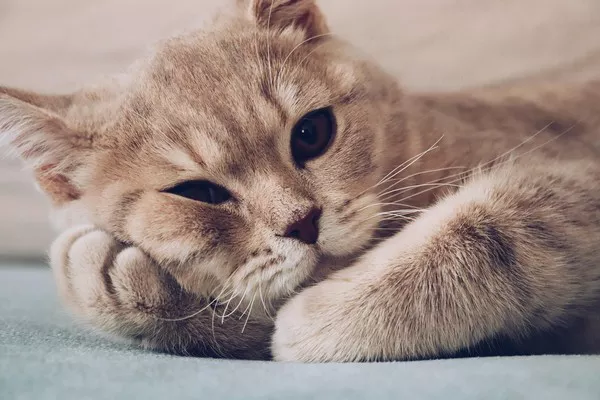Caring for a 2-week-old kitten is a delicate and rewarding endeavor. At this tender age, kittens are highly dependent on their mother’s care, but if circumstances require hand-rearing, understanding their nutritional needs is crucial. Providing the right nourishment is vital for their growth, development, and overall well-being. In this comprehensive guide, we will explore the essential aspects of feeding a 2-week-old kitten, ensuring they receive the nutrients and care they need to thrive.
Why is Proper Nutrition Important for 2-Week-Old Kittens?
During the first weeks of life, a kitten’s nutritional requirements are specific and rapidly evolving. Proper nutrition is essential for their growth, immune system development, and overall health. Hand-rearing a 2-week-old kitten requires replicating the nourishment they would receive from their mother’s milk as closely as possible.
Kitten Milk Replacers: A Vital Source of Nutrition:
When a mother cat is unavailable or unable to nurse her kittens, a high-quality kitten milk replacer becomes the lifeline of nourishment. These milk replacers are specially formulated to mimic a mother cat’s milk, providing the necessary nutrients, including proteins, fats, vitamins, and minerals, for optimal growth.
Feeding Frequency and Quantity:
At 2 weeks of age, kittens need to be fed frequently, as their stomachs are tiny and cannot hold much food at once. Aim to feed them every 2-3 hours, including during the night. The quantity of formula should be calculated based on their weight. Generally, they should consume about 15-20% of their body weight in formula per feeding. Use a syringe or a specially designed kitten nursing bottle to feed them, ensuring gentle and controlled feeding.
Gradual Transition: Introducing Solid Food:
Around the 3-4 week mark, you can gradually introduce kitten food to their diet. Begin by offering a milk replacer mixed with a small amount of wet kitten food, creating a gruel-like consistency. Allow them to lap up this mixture to start transitioning to solid food. However, do not rush the process, as their digestive systems are still developing.
Monitoring two-week-old kitten growth and health
Monitoring the growth and health of two-week-old kittens is key to ensuring their healthy development. Here are some important guidelines to help you monitor:
Daily Weigh: Weigh kittens every day, preferably at the same time, to ensure accuracy. Record their daily weight so they can track their weight gain. A healthy kitten should have moderate weight gain each day.
Observe Behavior: Note the kitten’s activity level and behavior. Healthy kittens should be lively and active, crawling around, sometimes trying to stand, and trying to play with each other. If a kitten becomes sluggish, inactive, or exhibits unusual behavior, it may need attention.
Diet: Observe the diet of the kitten. Normally, kittens should have a good appetite and will actively suck on a pacifier or bottle at each feeding. A veterinarian may need to be consulted if the kitten begins to refuse food.
Defecation and urination: The defecation and urination of a kitten is an important indicator of health. You can stimulate the kittens to defecate and urinate by gently rubbing their anal and genital areas with warm, moist paper towels. A normal kitten should have daily bowel movements and urination.
Eyes and Ears: Check your kitten’s eyes and ears to make sure they don’t have unusual discharge or signs of inflammation. Be gentle when cleaning eyes and ears and avoid harsh cleansers.
Body temperature: The kitten’s body temperature should remain within the normal range, approximately between 99°F (37.2°C) and 101°F (38.3°C). You can use a thermometer to take your kitten’s temperature to make sure they are staying warm and not too hot or too cold.
Veterinary Examination: If you notice any abnormalities or concerns, you should promptly consult a veterinarian. A veterinarian can perform a comprehensive health check to make sure the kitten has no underlying medical problems.
Hygienic warming for two-week-old kittens
Warm environment: Kittens’ body temperature regulation is not yet fully developed, so it is very important to ensure that they are kept in a warm environment. Use a warm towel, blanket, or warm water thermos to provide the kitten with proper warmth.
Bedding selection: Choose a soft, dry bedding and make sure the kitten does not come into contact with wet or cold surfaces. Towels, blankets, or custom kitten beds are all good options.
Avoid direct air outlets: Kittens need to avoid places where direct wind blows to avoid getting cold. Make sure they are away from cold drafts, air conditioner vents or windows.
Wet baby wipes: Kittens at two weeks of age have not fully mastered self-cleaning, and you can use warm water-moistened soft paper towels to gently wipe their bodies, especially the anal and genital areas, to help stimulate bowel movements and urination.
Avoid excessive humidity: While maintaining a certain level of humidity is good for kittens to breathe, excessive humidity can cause them to feel uncomfortable and even cause respiratory problems. Maintain moderate humidity, well ventilated and avoid too humid environment.
Keep it clean: As kittens continue to grow, they may start to clean themselves, but at this stage, you can make sure they stay clean by gently cleaning their bodies with damp paper towels.
Veterinary Instructions: If you are concerned about the hygiene or warmth of your kittens, or if you notice unusual health or behavior, do not hesitate to consult a veterinarian immediately. A veterinarian can provide you with customized advice and guidance.
Veterinary Consultation
Consulting a veterinarian is paramount when caring for a 2-week-old kitten, especially if you are hand-rearing them. A vet can guide you on feeding schedules, formula choices, and offer advice on kitten care. If any health concerns arise, seek professional assistance promptly.
Conclusion
Caring for a 2-week-old kitten requires dedication, patience, and a deep understanding of their unique needs. Providing the right nutrition through kitten milk replacers, maintaining proper feeding schedules, and transitioning to solid food gradually will ensure their healthy development. Regular monitoring, hygiene, and warmth are essential components of their care. Remember that each kitten is an individual, so adjust your approach based on their specific needs and behaviors. By prioritizing their well-being and nourishment, you are setting the foundation for a strong and thriving little feline friend.
Related Topics:

























